Buying Guides

Buying the best wall art
Art prints inject personality into a room, creating striking points of interest on blank walls while complementing your home's interior design.
When you start collecting, it’s helpful to understand what dictates the price of the piece, the different printing processes, how best to hang your art and what aftercare it will need.
We offer a wall art (or mirror) hanging service when you have your new piece delivered by us - find out more in the 'Hanging your print' section below.
Print editions explained
An edition describes the number of prints made of an original.
The fewer the prints – or edition size - the more exclusive the painting is.
Open edition
An open edition print means that an unlimited number of copies can be made.
These prints will be much cheaper than limited prints or originals, but they don’t tend to increase in value. We have a wide collection of open edition prints online, with a selection available in our shops.
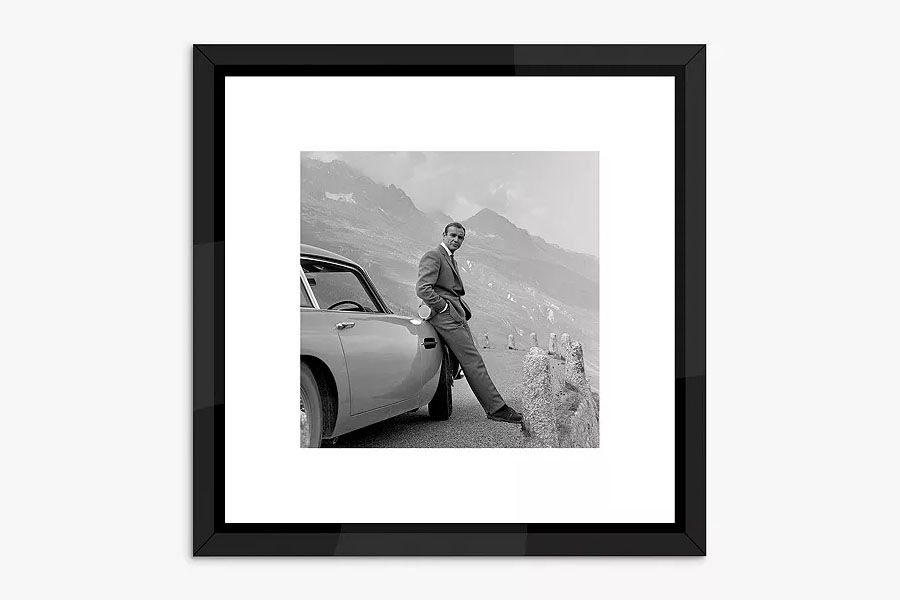
Museum art
Some of our collection of open edition prints are museum art. They range from pieces by old masters to modernist classics and are bought in collaboration with a variety of galleries, including The Royal Academy, the National Gallery and the Courtauld Gallery.
They’re printed on museum standard paper and framed in the UK by hand.
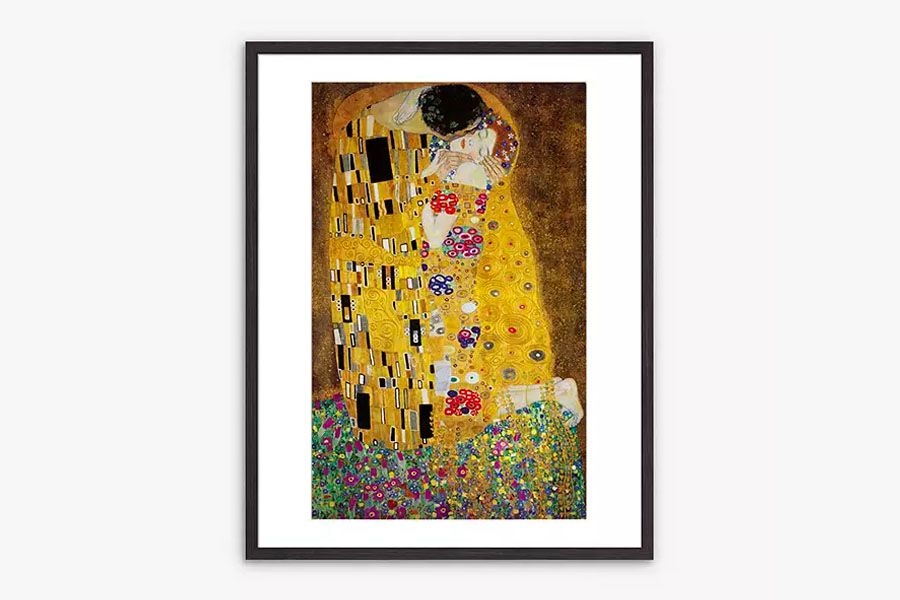
Hand Painted
These are hand painted and each piece is unique. Products are bought in small amounts, so in a sense they’re limited; they also don’t have a named artist behind them.


Framed print
The image is printed onto high-quality acid-free paper and presented in a bevelled mount with a wooden frame and clear acrylic glazing
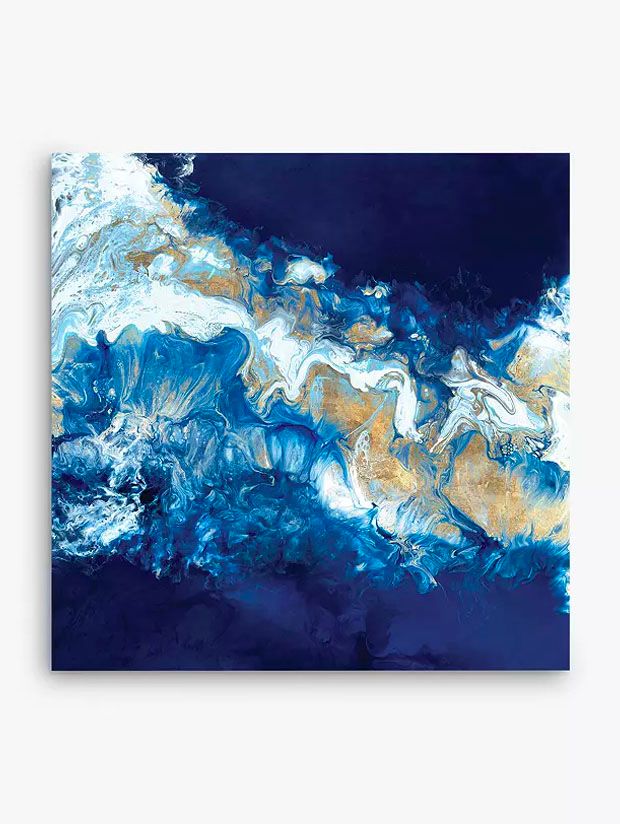
Print on canvas
The image is printed onto canvas which is stretched onto a concealed frame

Unframed prints
The image is printed on card with a mount, and gives you the oportunity to frame it in the frame of your choice
Printing methods
Screenprints
Colours are layered using a stencil and a fine mesh screen.
Areas of the screen are blocked out and ink is passed over the surface using a squeegee. The ink passes through a synthetic mesh onto the paper beneath. Each colour has its own screen, so the more colours that are used, the more complex and costly the image becomes.
Etching, drypoints & aquatints
Traditional fine art printing using plates with impressions ‘bitten’ into the plate using acid.
When the plate is ready to be printed, the ink is held in the grooves and squeezed out under pressure onto damp paper. These prints are termed intaglio.
Woodcuts & linocuts
The areas not needed are cut away, creating a relief print.
Woodcuts and linocuts are relief prints, as the ink is applied to a raised surface and the areas not needed are cut away. The surface can then be inked and the image printed onto paper. Each time another section is cut away, the surface is re-inked and printed again.
Lithographs
A wax crayon image is drawn onto a stone or a treated metal plate.
Lithographs were traditionally made using a flat, porous stone. Modern lithographs are often created using a sheet of treated metal. A drawing is made on the surface with a waxy crayon. The ink clings to the waxed image and is then transferred directly onto the paper.
Mono-print
A basic print is made, then hand-coloured by the artist.
A monoprint is a one-off impression made by applying ink to a flat surface such as metal or card and transferring it to paper. It’s a unique piece of work and can sometimes be hand embellished.
Giclée prints
Ink-jet printing from a digital file.
Giclée prints are made using a refined digital ink-jet printing process and the highest quality archival materials. This digital printing method allows prints to be produced to any size and in any quantity.
Offset lithography
Traditional printing using photographic litho plates.
A traditional method of printing en masse, this system is relatively inexpensive. Images are transferred onto a printing plate using a laser, and then chemically treated. Magenta (red), cyan (blue), yellow and black inks are printed over one other to make up all the colours in the picture.
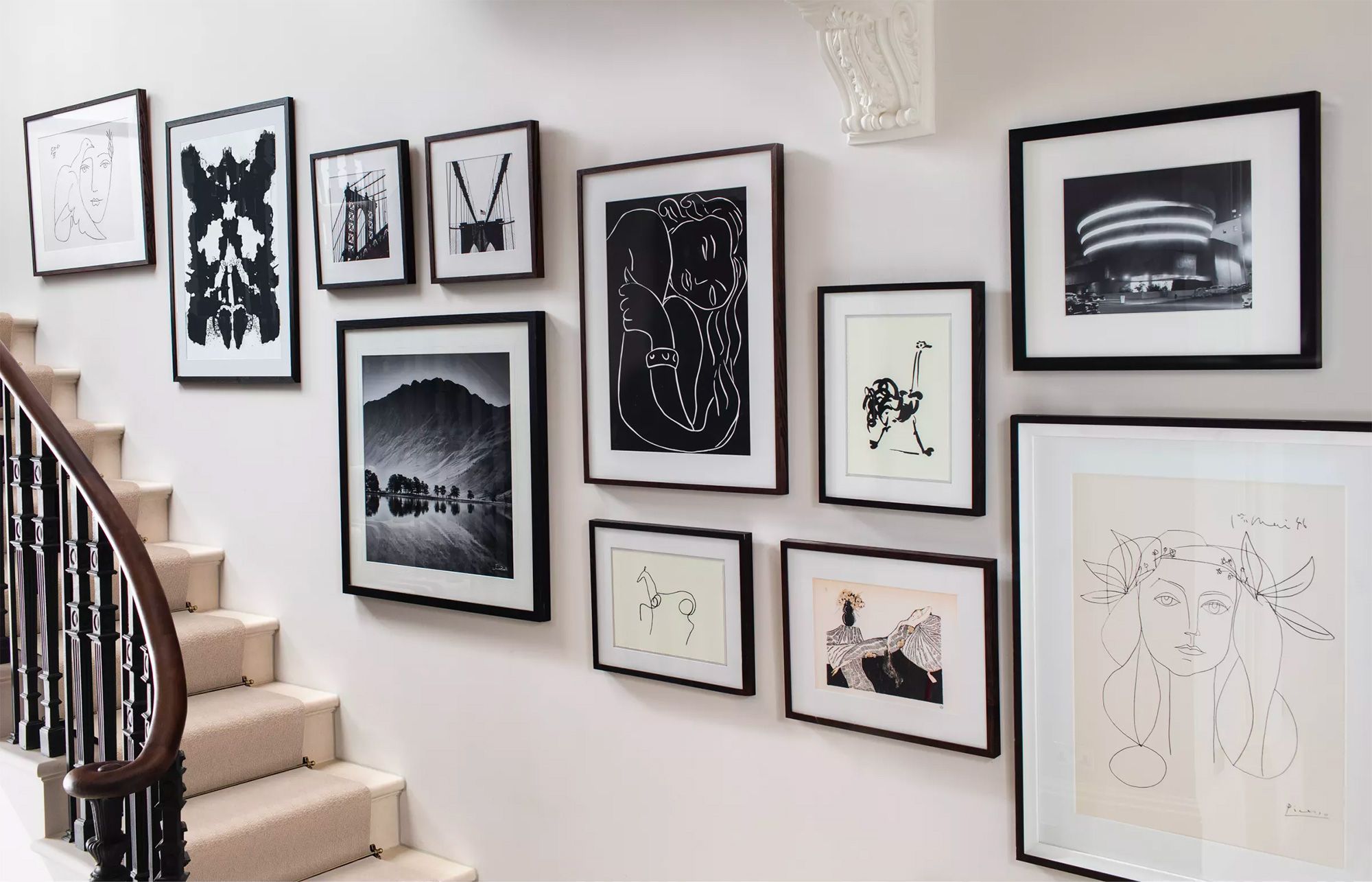
Choosing your print
Find something you love – it will always be a worthwhile investment regardless of monetary value if you enjoy it for years afterwards.
If you’re trying to decide between several prints, think about what is the most important to you - consider colour, size, style, technique and price.
Open-edition reproduction prints and digital prints mean you’ll have a wide choice at affordable prices, so they’re a great option to update your home.
If you opt for an original print, you are investing in an original piece of art and this is reflected in the price. The smaller the edition size, the more exclusive the print will be. There’s a chance these pieces could increase in value if the artist becomes successful, but this is never certain.
Hanging your print
Before you start, make sure you have the correct picture hooks:
- One-nail picture hook: approx. 13.5kg or lighter
- Two-nail picture hook: approx. 22kg or lighter
- Three-nail picture hook: approx. 34-45kg
You’ll also need a hammer, nails, spirit level and a pencil for marking.
Hold the print against the wall so you can decide at what height it looks best. A universally-approved measurement is to have the centre of the picture about 60-inches (152cm) from the floor – this is around eye-level, and the ideal height when viewing the picture from a seated position.
If you’re hanging several pieces of art to create a gallery wall, imagine them as one large painting and use the 60-inch rule.
Once you’ve found this point, mark it with a pencil. Hammer the nail into the wall and through the picture hook at the pencil point – now you’re ready to hang your framed print. Use the spirit level to check that it’s straight.
Mirror & Wall Art Hanging Service
If you don't have the time or expertise to hang your picture yourself, for £25 we'll happily do it for you when you arrange for your wall art or mirror to be delivered. Our crew will:
- Unpack your product and take away the packaging to dispose of it responsibly
- Agree a safe and suitable fixing position with you
- Supply and use the correct fixings for your wall type
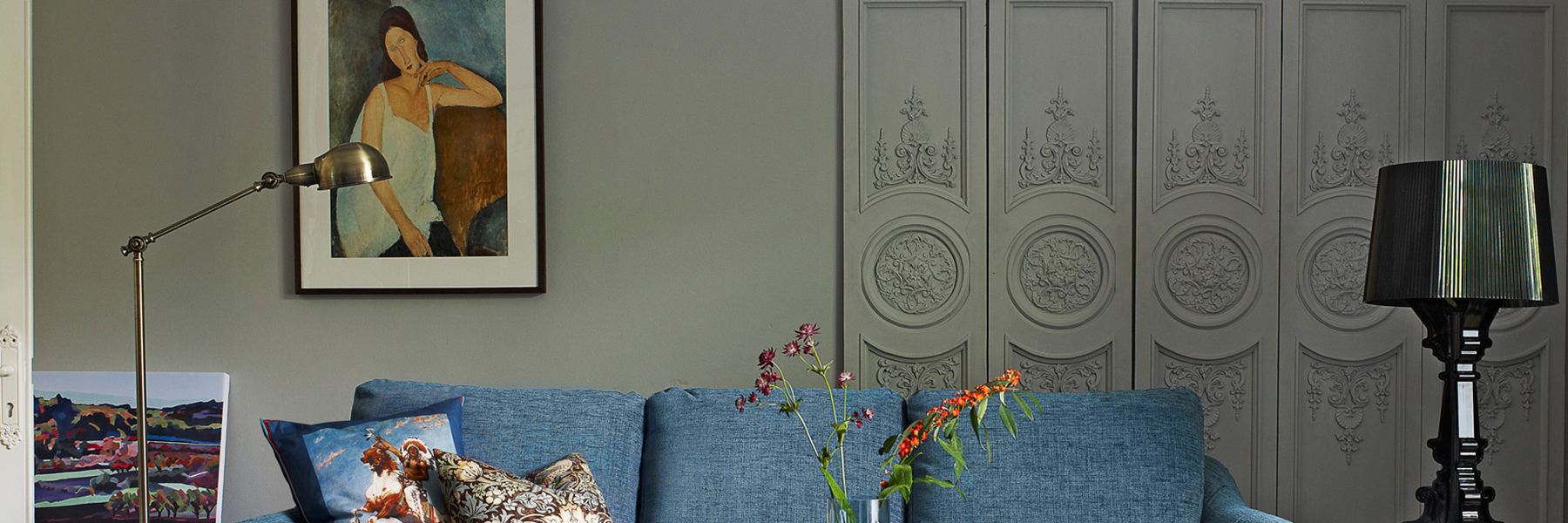
Caring for your art
Place the piece on a flat surface and dust the frame with a soft, dry cloth. To clean glass, spray a little glass cleaner onto a cloth and wipe gently.
Canvas prints simply require occasional dusting to maintain a pristine appearance.
Acrylic can be cleaned using a dedicated cleaner, or a soft, damp cloth.
